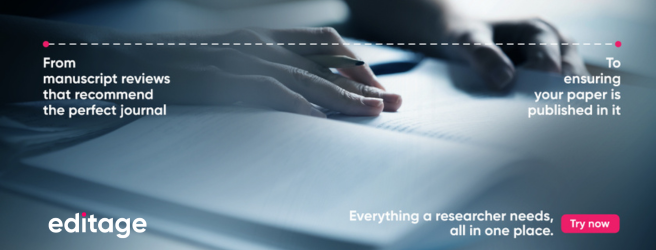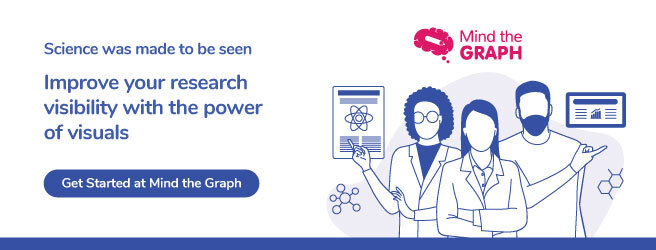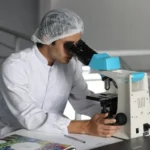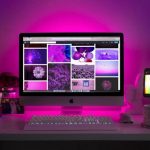Sparking meaningful conversations through visuals and content
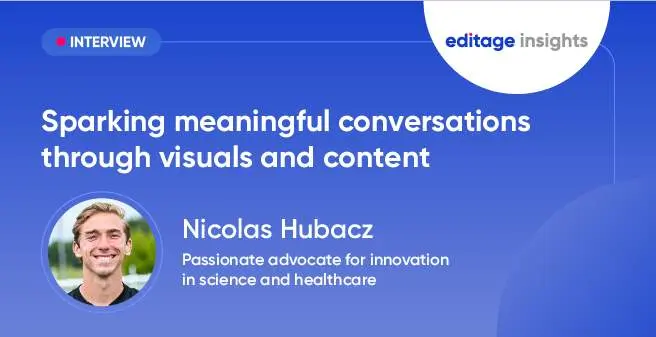
Science communication is an art, that uses a variety of approaches to reach out to the audience. Here, we have interviewed Nicolas Hubacz, a respected and well-followed science communicator who has mastered this art through effective language, interesting and timely content and excellent use of visuals.
Scientific illustrations and graphical abstracts are among some of the visual components that can make an article stand out, whether intended for a journal publication or for a non-scientific audience.
Nicolas Hubacz is a passionate advocate for innovation in science and healthcare, sharing insights on groundbreaking research and the latest advancements in healthcare & medical science. Whether you’re a professional in these fields or simply curious about the future of health, Nicolas invites you to explore innovation together.
At the beginning of the year, you posted a list of the top healthcare-related creators of 2023 on LinkedIn. What qualities helped you select the top creators in healthcare or science?
The “top creators in healthcare or science” post was based on two criteria: reach and content quality. Reach refers to how many views, likes, and engagements a creator’s content receives. Content quality focuses on the substance of the posts—whether they push innovative standards or educate the public.
You yourself have a significant following on LinkedIn. What do you think has helped you gain so much momentum in just a few years?
I have a deep passion for scientific content and sparking meaningful conversations. This passion drove me to start posting on LinkedIn. Consistency, along with this enthusiasm, has been crucial in building momentum and attracting professionals to follow my profile.
Your use of graphics and visuals, along with your engaging content, makes it stand out. Do you think the visual component is what draws people to your content?
Visuals bring words to life. In a world overflowing with information, it’s essential to have content that’s easy to digest. That said, professionals follow me for a variety of reasons, and I believe visuals, alongside other elements, contribute to the success of my content.
What are some tips you can give to scientists and healthcare professionals who wish to effectively use graphics and images in communication?
Know your audience, choose imagery and graphics that are relevant to them, and most importantly, create content that is informative, easy to understand, and sparks conversation.
What are your thoughts on the effectiveness of graphical abstracts for papers and grants?
I’m not as familiar with graphical abstracts specifically, but strong visual standards are crucial in any setting to convey information effectively.
Any final thoughts or famous last words you’d like to share with our readers?
I appreciate everyone who’s reading this and contributing to the global conversation on scientific content. If you’d like to connect, feel free to visit my LinkedIn (https://www.linkedin.com/in/nicolas-hubacz/), and be sure to check out the launch of my newsletter, Scientific Horizons (https://substack.com/@nicolashubacz).

